Elementary Science Lab Safety Worksheet
Are you a teacher or parent looking for an engaging and informative resource to teach elementary students about science lab safety? Look no further! Our Elementary Science Lab Safety Worksheet is designed with the young learner in mind, providing them with the necessary knowledge and skills to ensure a safe and enjoyable learning experience in the science lab.
Table of Images 👆
More Science Worksheets
6 Grade Science WorksheetsScience Heat Energy Worksheets with Answer
Science Worksheets Light and Sound
7th Grade Science Cells Worksheets
Worksheets Life Science Vocabulary
8th Grade Science Scientific Method Worksheet
Science Worksheets All Cells
What is the purpose of wearing safety goggles in the science lab?
The purpose of wearing safety goggles in the science lab is to protect the eyes from potential hazards such as chemicals, acids, sharp objects, and other materials that may cause injury or irritation. Safety goggles provide a barrier that helps prevent these substances from coming into contact with the eyes, ensuring the safety and well-being of the person conducting experiments or working in a lab setting.
Why should you tie back long hair and remove loose clothing or jewelry in the lab?
Tying back long hair and removing loose clothing or jewelry in the lab is important to prevent any hazards or accidents. Loose hair, clothing, or jewelry can get caught in equipment, chemicals, or flames, posing a risk for injury or contamination. By securing hair and avoiding loose items, individuals can minimize the chances of accidents and maintain a safer working environment in the lab.
What should you do if you spill a chemical on your skin in the lab?
If you spill a chemical on your skin in the lab, quickly rinse the affected area with running water for at least 15 minutes. Remove any contaminated clothing and jewelry while rinsing. Seek medical attention immediately, informing the healthcare provider about the chemical involved for appropriate treatment.
Why is it important to read and follow all instructions and procedures carefully?
It is important to read and follow all instructions and procedures carefully because doing so ensures that tasks are completed accurately, efficiently, and safely. Not following instructions can lead to errors, inefficiencies, rework, or even accidents. By carefully following guidelines, one can achieve desired outcomes, maintain quality standards, and prevent potential harm or mistakes.
What should you do before using any equipment or chemicals in the lab?
Before using any equipment or chemicals in the lab, it is essential to read and fully understand the safety protocols, operating instructions, and potential hazards associated with them. Additionally, ensure that you have received proper training on how to use the equipment or handle the chemicals safely. Always wear appropriate personal protective equipment, such as gloves, goggles, and lab coats, and make sure the equipment is in good working condition before starting any experiment. Lastly, have an emergency plan in place in case of accidents or spills.
Why should you never taste or ingest any substances found in the lab?
You should never taste or ingest any substances found in the lab because many chemicals commonly used in laboratories are toxic, corrosive, carcinogenic, or otherwise harmful to human health. Ingesting these substances can lead to serious consequences such as poisoning, burns, organ damage, or even death. It is crucial to follow proper safety protocols and procedures in the lab to prevent any accidents or health risks.
How should you handle sharp objects or glassware in the lab?
When handling sharp objects or glassware in the lab, always wear appropriate personal protective equipment such as gloves and safety goggles. Handle these items with care to avoid dropping or breaking them, and always use the proper tools, such as tongs or forceps, to manipulate them. Dispose of broken glass or sharp objects in designated sharps containers to prevent injury. If a breakage occurs, inform a lab supervisor immediately and follow proper cleanup procedures to avoid any accidents or contamination.
Why should you notify your teacher if you observe any unsafe conditions or accidents in the lab?
It is important to notify your teacher if you observe any unsafe conditions or accidents in the lab because they are trained to handle such situations and can take necessary steps to ensure everyone's safety. By alerting your teacher, you can prevent further accidents or injuries from occurring and help maintain a safe learning environment for yourself and your classmates.
What should you do if a fire breaks out in the science lab?
If a fire breaks out in the science lab, immediately alert everyone in the lab to evacuate and activate the fire alarm. Call the emergency services and provide them with all relevant details, then attempt to extinguish the fire using a fire extinguisher if it is safe to do so and if you are trained to use it. Always prioritize your safety and the safety of others in the event of a fire.
Why is it important to clean up your workspace and dispose of waste properly after conducting experiments?
It is important to clean up your workspace and dispose of waste properly after conducting experiments to maintain a safe and organized working environment. Proper disposal of waste reduces the risk of contamination, chemical reactions, and potential hazards. Cleaning up also promotes a more efficient and productive workflow, as a clutter-free workspace allows for easier access to materials and equipment. Additionally, responsible waste management is crucial for environmental protection and ensuring compliance with regulations to prevent harm to human health and the environment.
Have something to share?
Who is Worksheeto?
At Worksheeto, we are committed to delivering an extensive and varied portfolio of superior quality worksheets, designed to address the educational demands of students, educators, and parents.

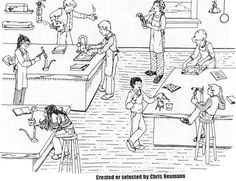



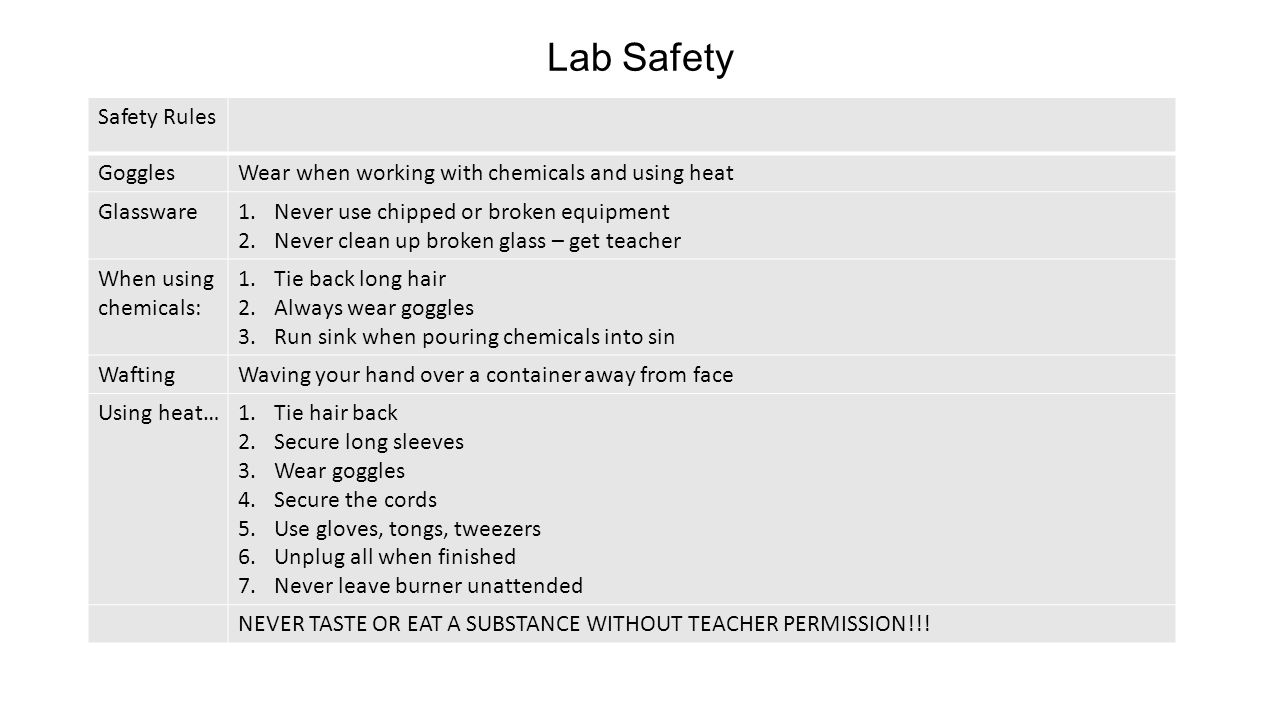
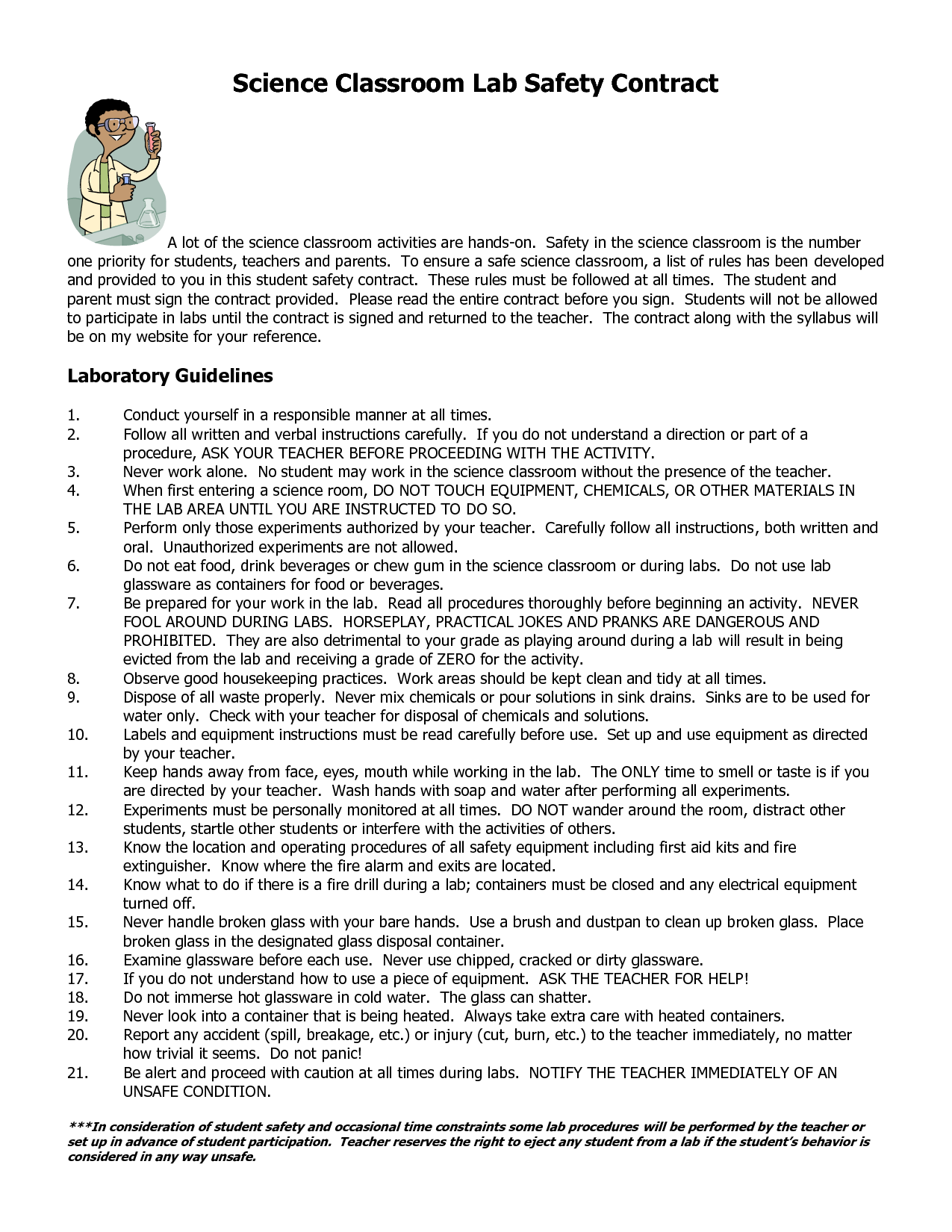
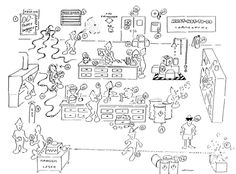

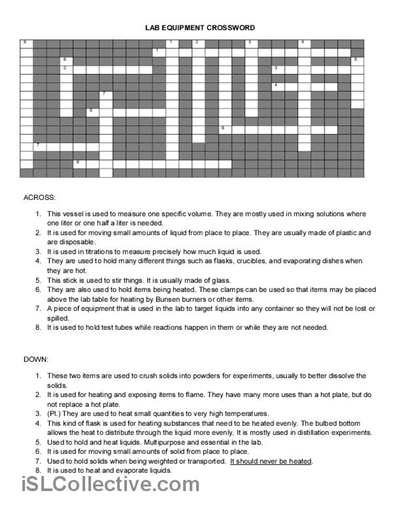
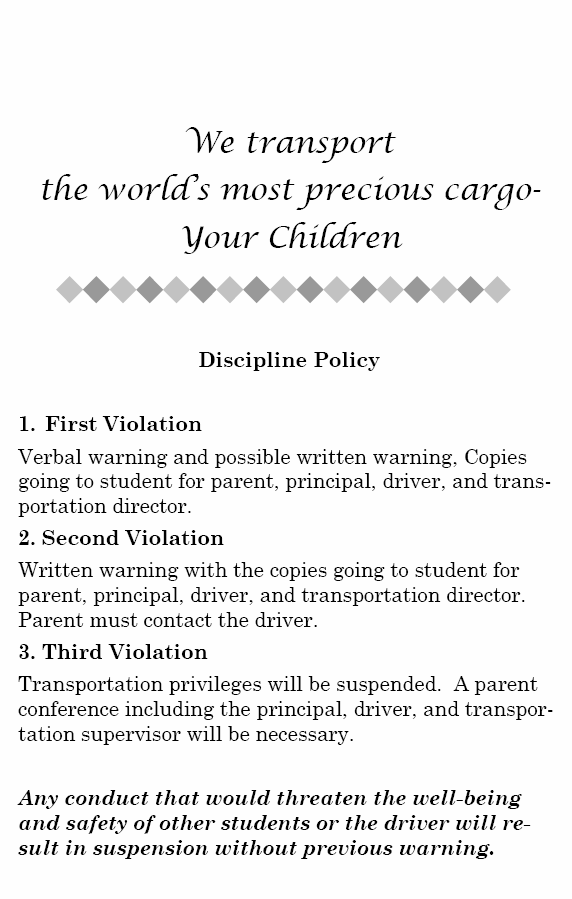














Comments